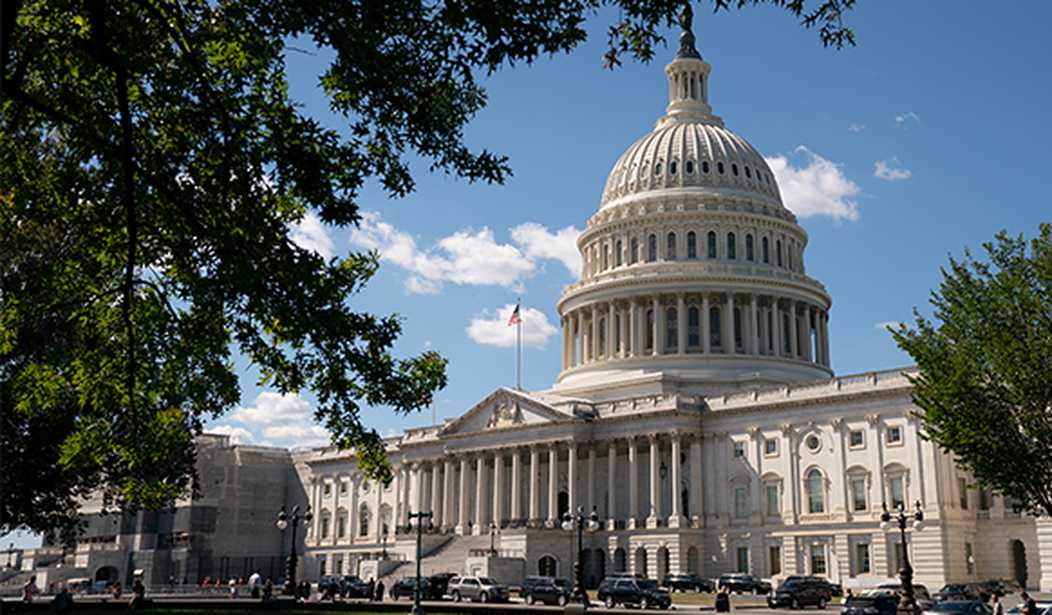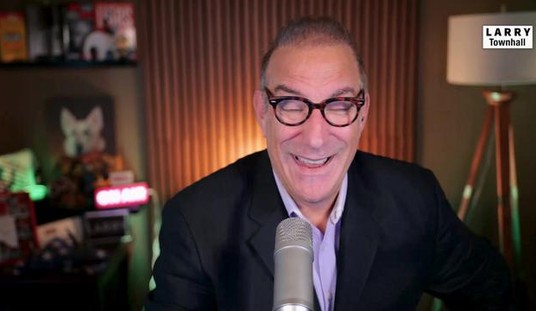Eight-and-a-half years ago, E&E News called Joseph Goffman a "law whisperer" because "His specialty is teaching an old law to do new tricks." The epithet was well enough deserved that Harvard Law Today repeated it five years later.
Now, the Senate Environment and Public Works Committee is considering Goffman's nomination to become Assistant Administrator for Air and Radiation in the Environmental Protection Agency.
What could possibly go wrong with a "law whisperer" in charge of EPA's air and radiation regulations?
The history of Goffman's actions answers the question.
Under the Obama administration, Goffman was a critically important designer of "new tricks" purportedly implementing the Congressionally adopted Clean Air Act.
Now, it's the job of agencies to implement laws enacted by Congress and signed by the President. It's not their job is to twist those laws to achieve ends never dreamed of by Congress when it adopted them.
But that's what "law whisperer" Goffman did, over and over. Let me give you just six examples:
Number 1: the 2009 carbon dioxide "endangerment finding," which became the basis of practically all regulatory efforts to reduce manmade global warming.
Numbers 2 and 3: the 2010 and 2012 greenhouse gas emissions rules for cars and light trucks.
Number 4: the 2011 Mercury and Air Toxics Standards (MATS) Rule.
Number 5: the 2011 Cross-State Air Pollution Rule.
Number 6: the 2015 "Clean Power Plan," part of which replaced state plans to implement the Regional Haze Rule with federal plans.
In every instance, Goffman the "law whisperer" taught old laws to do new tricks-tricks that would cost taxpayers anywhere from a few billion to hundreds of billions and often thousands of jobs. Every one of those rules was legally suspect, and some have been struck down by the courts.
Recommended
The MATS Rule, for instance, limited the amount of mercury power plants could emit. The EPA grossly exaggerated health risks from mercury emissions. Even so, by the EPA's own estimate, which it produced after it had written the rule, the rule's costs would outweigh its benefits by anywhere from 1,600 to 2,400 times. Nonetheless, the EPA argued that it was not required to weigh costs before imposing the rule and that it was enough that it weighed costs afterward.
Twenty-one states, joined by industry representatives, sued the EPA in 2013, claiming that MATS "violated the Clean Air Act's appropriate and necessary standard by refusing to consider these costs."
On June 29, 2015, in Michigan vs. Environmental Protection Agency, the Supreme Court ruled against the EPA, overturning MATS. In terms of law, that was a victory for those who insist that government agencies must not exceed statutory boundaries.
But for scores of millions of consumers who needed affordable electricity that coal could provide, and thousands of workers in the coal mining and coal-fired electric generating industries, the victory came too late: the rule had already forced the closure of hundreds of coal-fired power plants, devastated the coal industry, and destroyed thousands of mining jobs.
A statement by EPA spokeswoman Melissa Harrison reveals some regulators' attitude toward the law. She said, "EPA is disappointed that the Supreme Court did not uphold the rule, but this rule was issued more than three years ago, investments have been made and most plants are already well on their way to compliance."
In other words, from the EPA's perspective, the fact that the rule was unconstitutional its costs exceeded its benefits didn't matter. It had already achieved the EPA's objective, and neither the illegality nor the economic devastation mattered.
The "Clean Power Plan" (CPP) was even larger in scope. It would mandate 32 percent reductions in carbon dioxide (CO2) emissions from fossil fuel-fired electric steam-generating units by the year 2035, set state-specific CO2 reductions, substitute federally mandated performance rates for new and existing electric generating units, and require approval from the EPA for all state implementation plans to reduce CO2 emissions. The result would be a massive restructuring of the entire electric generating industry across the nation.
Twenty-seven states, joined by utilities and coal mining companies, sued, alleging that the CPP "was premised on a novel and expansive view of Agency authority" and "ignored states' concerns and eroded longstanding and important partnerships that are a necessary part of achieving positive environmental outcomes."
In essence, the complaint was that the EPA was trying to do Congress's job, because rules requiring such massive changes should be decided by accountable representatives of the people, not by unelected bureaucrats.
Four weeks ago, in its decision in West Virginia v. EPA on June 30, the Supreme Court ruled in favor of the plaintiffs, effectively killing the CPP.
But again, the legal victory came too late to prevent great harm to the fossil fuel industry, especially the coal industry, and the scores of millions it has served with abundant, affordable, reliable electricity. Even though in early 2016 the Supreme Court had issued a stay on its implementation, many states and utility companies took steps costing billions of dollars to comply just in case the rule survived.
The problem, in short, is that regulators like "law whisperer" Goffman know how to play the game to get their desired results regardless of whether what they do will pass Constitutional muster. They know they can prompt massively expensive changes in our economy even if the rules they pass are eventually struck down.
That's why I'm glad to be among the signers of a letter from a coalition of organizations and individuals to the Environment and Public Works Committee opposing Goffman's nomination.
After mentioning Goffman's role in the rules listed above, the letter points out that Goffman also "worked with a number of State Attorneys General to file suit to require the EPA to set a secondary National Ambient Air Quality Standard for ozone that would target ... greenhouse gas emissions on the ground that climate change will raise ozone levels."
The ensuing rule has been challenged in State of New York et al. v. EPA. By all rights, the person in the EPA tasked with responding to such a lawsuit should be someone without any conflict of interest. But "incredibly, despite Mr. Goffman's leadership in concocting the scheme, he has," under the Biden Administration, "been in charge of the EPA's response to the suit." The likely result would be a "sue-and-settle." In that process, which the Trump administration sought to end, a sympathetic EPA official gladly embraces the position of those litigating against it, thus advancing agency wishes in the absence of statutory authority.
"It is not surprising," our letter continues, "that President Biden nominated Mr. Goffman to head the EPA's Office of Air and Radiation. The Biden administration is trying to achieve its climate and anti-energy agenda primarily through gross administrative over-reach, and Mr. Goffman has proven to be a master of administrative over-reach."
The Senate should refuse to confirm Goffman's nomination. The Supreme Court's decision in West Virginia v. EPA made it clear: regulatory agencies should limit their rulemaking to what is clearly required by statute. Goffman the "law whisperer" rejects that principle.
Click here to listen to this article on the Created to Reign Daily podcast.

























Join the conversation as a VIP Member